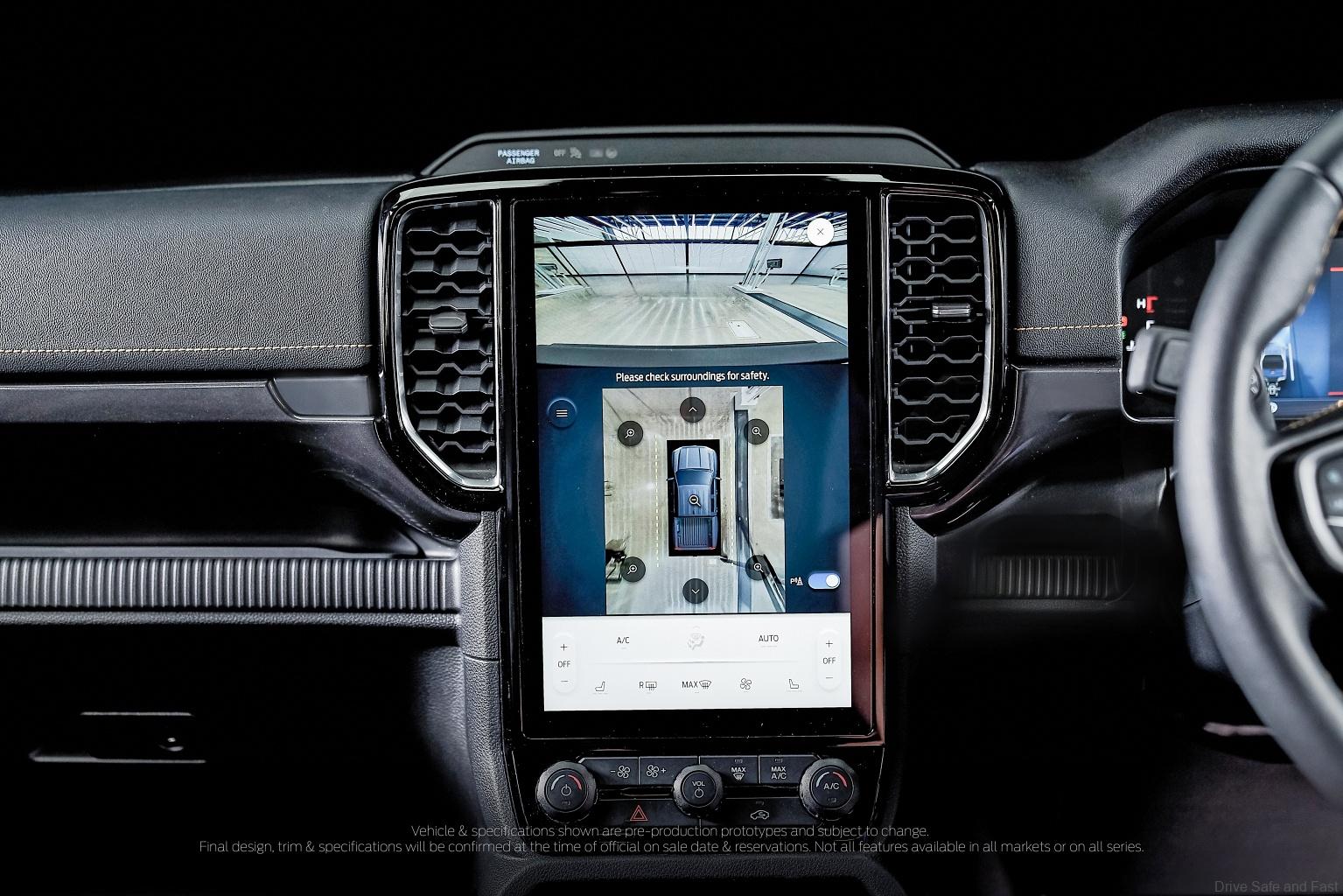Touchscreens are fun but ultimately distracting which is why buttons are better for us
Over the past 50 years, cars have undergone multiple changes. Some have been good, others not so much. One example of the latter is moving key functions to touchscreens. Yes, while infotainment touchscreens are fun and nice to play with, in real life driving, they can take too much time to operate and thus become more of a distraction than anything else.

We here at DSF have already mentioned how these touchscreens can do more harm than good, none can deny that we need buttons for safety reasons. Now. it appears that in about two years, European evaluators will also start treating them as such. While some may see this as regression, the EU would not have announced this if it didn’t feel buttons are absolutely necessary.
Moreover, for manufacturers to receive the best possible European New Car Assessment Program (NCAP) safety rating from that point on, they will need to incorporate a designated minimum number of physical buttons as inputs for key functions. We assume these will include climate control and radio as well as cruise control features.

Before we get too ahead of ourselves, there is unfortunately nothing in the criteria that stipulates that frequently adjusted controls, like those for the HVAC system or basic media functions, must happen off a touchscreen though so these features may still be stuck behind a touch screen. The Euro NCAP seems primarily concerned with core safety-critical functions.
It is also worth mentioning that the Euro NCAP regime is totally voluntary, and not compulsory by law. In that sense, it is sort of like the testing conducted by the Insurance Institute for Highway Safety over in the U.S. THis means that the majority of manufacturers will likely ignore this and opt for touch screen controls still so we may not see a change very soon.

That said, plenty of automakers love to advertise their IIHS marks when the results are favourable, especially as the IIHS has much more stringent criteria than our National Highway Traffic Safety Administration, whose regulations are mired in decades-old legislation. This will likely incentivise more American automakers to adopt more buttons in their new cars.

It also stands to reason that adjustments made for American vehicles will be reflected in their international export vehicles as well so at least we can expect to see more buttons in some cars here in Malaysia soon.


